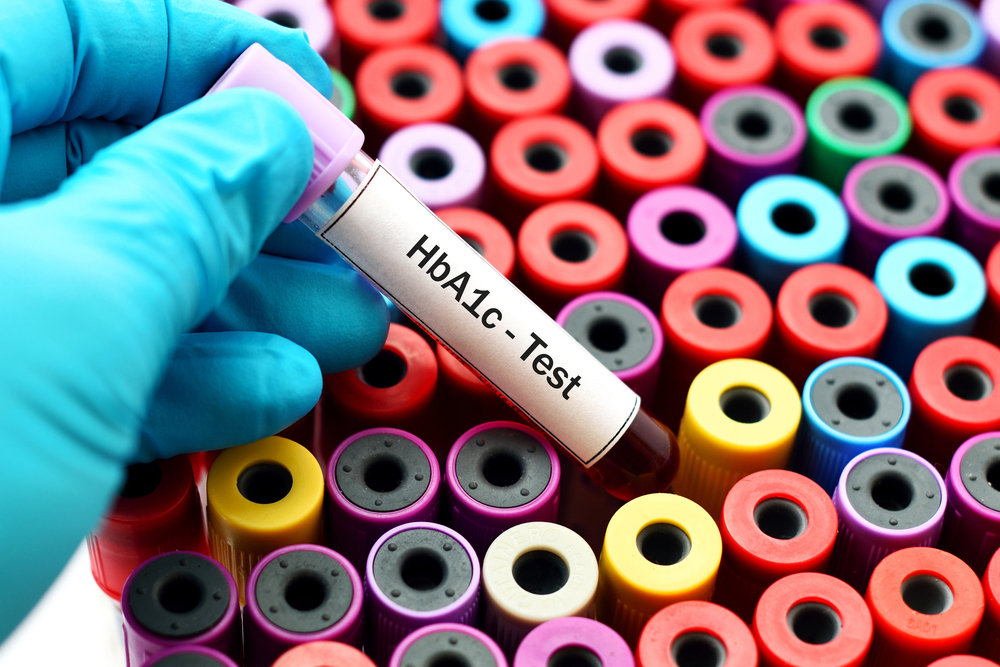Why does Diabetes Need Regular Monitoring?

Diabetes, a chronic metabolic disease, leads to high sugar levels in the blood. For people suffering from diabetes, keeping their blood sugar within normal range is the most critical part of diabetes management.
Regular blood sugar tracking can help patients implement lifestyle changes to control diabetes. It also allows the doctor to track a patient’s treatment and suggest required modifications.
This article discusses the importance of blood sugar monitoring and its role in successfully managing diabetes.
What are Normal Blood Sugar Levels?
In general, the following blood sugar levels are considered normal:
- Before meal: 80-130 mg/dL
- Two hours after meal: Less than 180 mg/dL
However, an ideal blood sugar level to target depends on various factors and varies from individual to individual. One should consult their doctor to determine one’s target blood sugar level.
Some factors that can affect one’s target blood sugar level include:
- Duration of living with diabetes
- Age and life expectancy
- Presence of other medical conditions that can affect blood sugar
- Presence of any cardiovascular disease
- Presence of any complications related to diabetes, such as retinopathy or neuropathy.
What are the Symptoms of High and Low Blood Sugar?
Symptoms of high and low blood sugar are common in people with diabetes. Recognizing these symptoms can help one adjust their course (lifestyle or medicine) in consultation with their doctor to control diabetes better.
The symptoms of high blood sugar are:
- Excessive thirst
- Frequent urination
- Headache
- Irritability
- Blurred vision
The symptoms of low blood sugar are:
- Intense hunger
- Weakness
- Dizziness
- Sweating
- Pounding heart
When Should Blood Sugar be Checked During the Day?
Monitoring blood sugar during certain times of the day can be more beneficial in the assessment of the overall diabetes management plan. These times of the day include:
- Just after Waking Up: This blood sugar reading is fasting glucose. It is essential to determine how the body processes sugar overnight.
- Before and after a Meal: A blood sugar reading before eating is helpful in meal planning. For people taking insulin, a blood sugar reading before eating can help them adjust their insulin dose. Blood sugar reading a couple of hours after eating can help the doctor assess how the body responds to food.
- Before and After Exercise: Exercise can lower and increase blood sugar levels. Checking blood sugar before and after exercise accurately assesses the body’s response to exercise.
- Before Sleeping: Measuring blood sugar levels before sleeping is critical to identify high or low blood sugar levels. A low blood sugar before sleeping can typically be dangerous as it can lead to not waking up from the symptoms.
What are the Benefits of Regular Blood Sugar Monitoring?
Continuous glucose monitoring is crucial for a successful diabetes management plan and presents the following benefits:
- Knowing the Body
Blood sugar levels in the body vary due to a variety of reasons. The reasons can be different for different individuals. Hence, regularly monitoring blood sugar can give one a fundamental idea about how one’s blood sugar responds to fasting, diet and exercise. This information can be helpful in the creation and assessment of the overall personalized diabetes management plan.
- Assessing the Efficacy of Medication
Regular blood sugar monitoring is critical to determine whether the current course of medication is working effectively. Depending on the daily blood sugar readings, the doctor can decide to alter the dose or change the medication to help control diabetes better.
- Tracking Progress of Treatment Goals
Diabetes monitoring can track one’s progress towards the desired treatment goals, such as maintaining an ideal blood sugar level at night, in the morning, before a meal, etc.
- Catching High or Low Blood Sugar Episodes
Regular blood sugar monitoring can help catch high and low blood sugar episodes in time and take appropriate action. For example, in case of low blood sugar, one can consider taking a fast-acting carbohydrate snack to avoid severe symptoms such as fainting.
Regular blood sugar monitoring is integral to a successful diabetes management plan. Through routine blood sugar tracking, one can understand the body’s responses to various situations. Blood sugar monitoring can be performed at home or in a clinic. Upon experiencing symptoms of high or low blood sugar given here, consult a doctor immediately and book a glucose random test at Dr Lal PathLabs.
FAQs
1. How is blood sugar monitored at home?
Blood sugar can be monitored at home using glucose strips or glucose monitors.
2. What are normal blood sugar levels before and after a meal for someone with diabetes?
Following blood sugar levels are considered normal in general for someone with diabetes taking medication:
- Between 80-130 mg/dL before a meal
- Less than 180 mg/dL two hours after a meal















